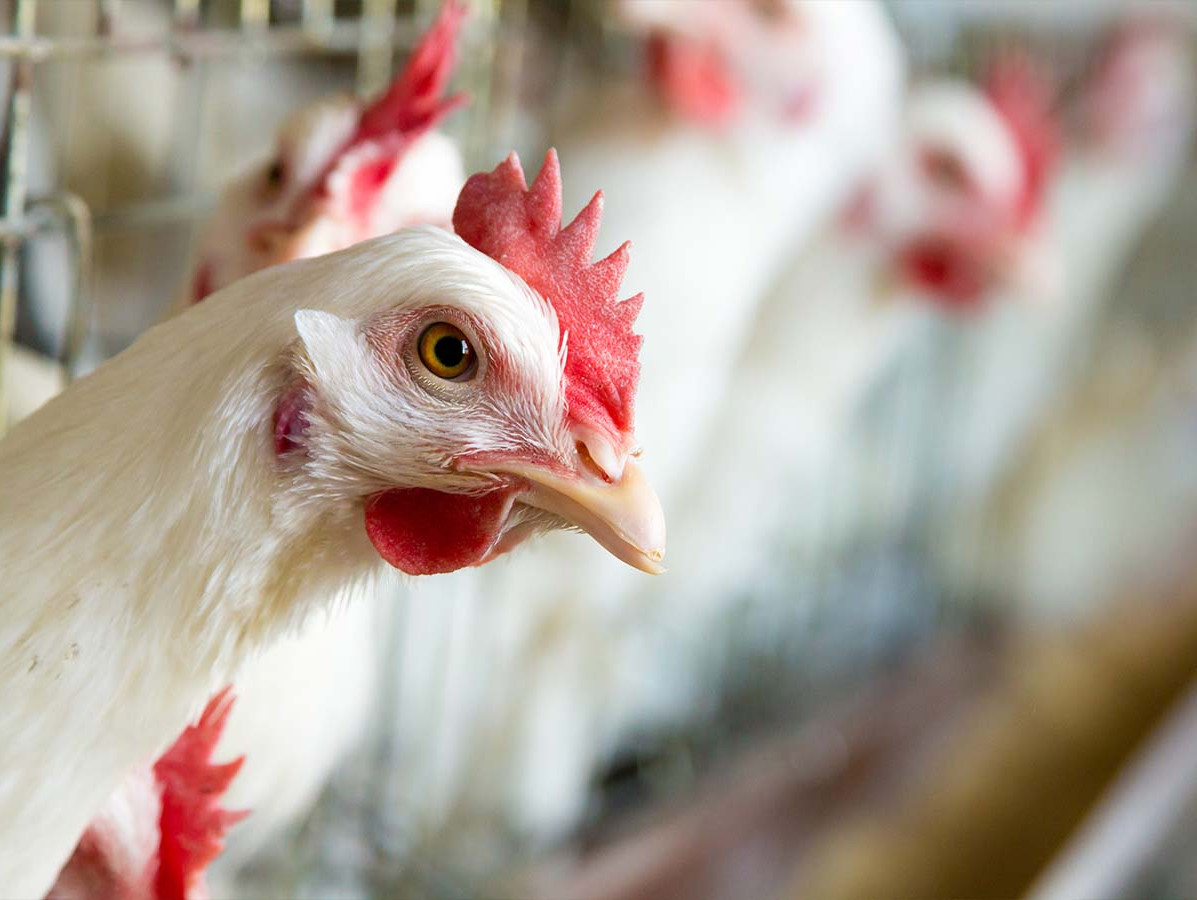
Europe has an escalating appetite for poultry meat. However, the dynamic market casts uncertainty on the future. While the demand for standard chicken rises, the market faces competition, notably from Eastern Europe. Herein, feed prices play a pivotal role. But how does the threat of avian flu affect the industry?
The European poultry sector experienced some pressure in recent months. Broiler chicken prices remained fairly steady, despite a drop in demand during the summer. Intriguingly, only poultry meat is projected to see growth in Europe this year. The competition from Ukraine is palpable, with Dutch slaughterhouses feeling the strain from imported fresh chicken, particularly towards wholesalers and the hospitality sector.
While the demand for fresh chicken in Dutch supermarkets has decreased by 9%, the introduction of the 'Better Life' certified chicken has elevated its overall value. The volume of chicken has declined more steeply than pork and beef (-4%) and meat substitutes (-1%). Yet, in terms of value, the chicken segment is growing faster than these meat types. Only the demand for (fresh) fish in supermarkets saw a steeper decline of 14% compared to chicken.
Chicken export from the Netherlands remains robust, especially to Germany, although there's been a slight decline to the UK. The general chicken production in Europe is being curtailed, partly due to the Dutch retail's shift towards slow-growing chicken concepts.
A critical challenge for the European market is the surging imports. Ukraine's unrestricted access to the EU market has resulted in a significant increase in chicken imports. This has a considerable impact, mainly because it pertains to fresh chicken products.
Feed prices have dropped by over 15% since the first quarter of 2023 and are now more than 20% below the 2022 level. The primary reasons include bountiful harvests of both soy and corn in Brazil, an impressive corn yield in the US, and a decreased demand for grains and oilseeds, especially from China. This has allowed some replenishment of global corn reserves.
The upcoming year promises equilibrium in the poultry market. Yet, pressure on bulk products is anticipated, partly due to the expected growth of imports from Ukraine and production in Poland. Additionally, external factors, like avian flu in Brazil, could sway the market.
For Dutch broiler producers, the prospects generally appear positive. However, as always in agriculture and production, vigilance is paramount to navigate the shifting tides of the market.
Image: © zhangyang13576997233/Shutterstock.com
Source: Rabobank